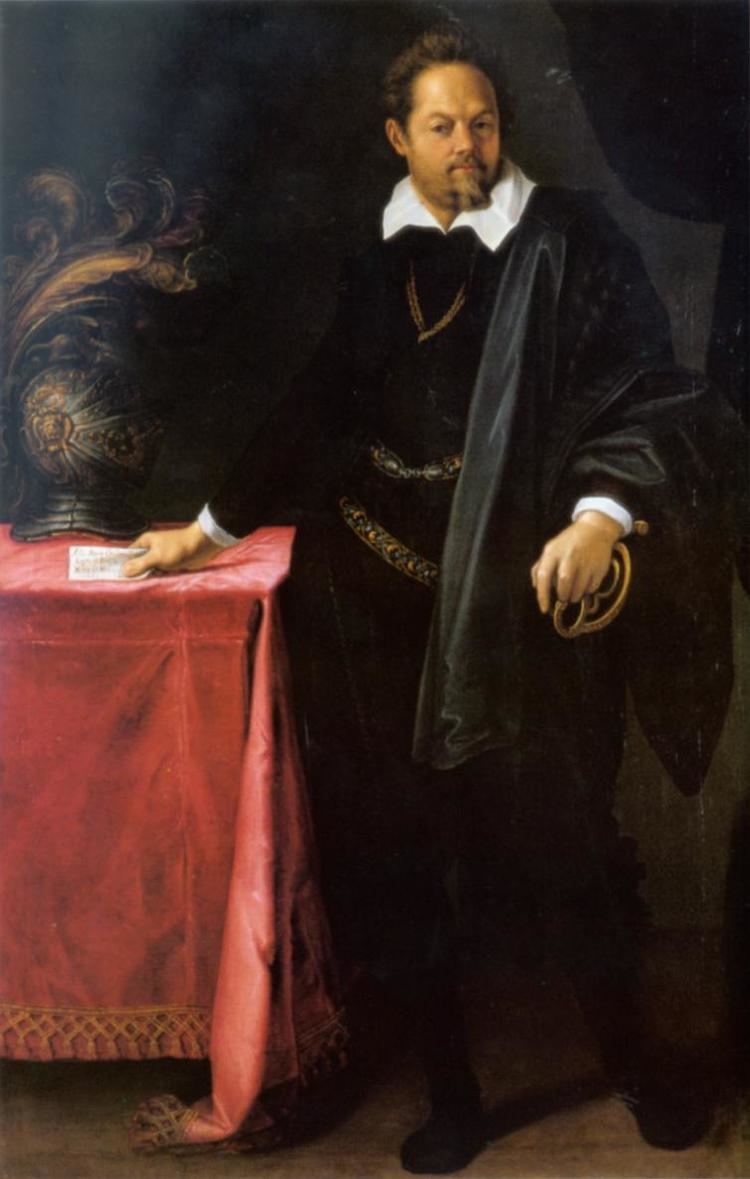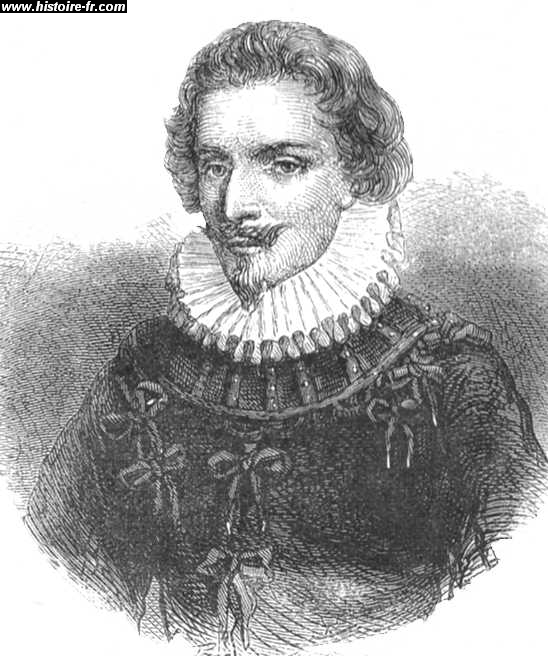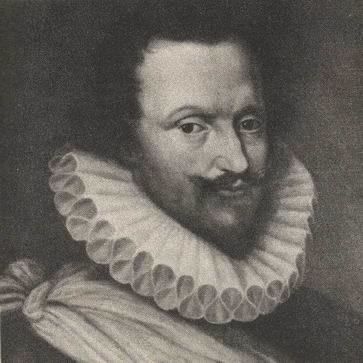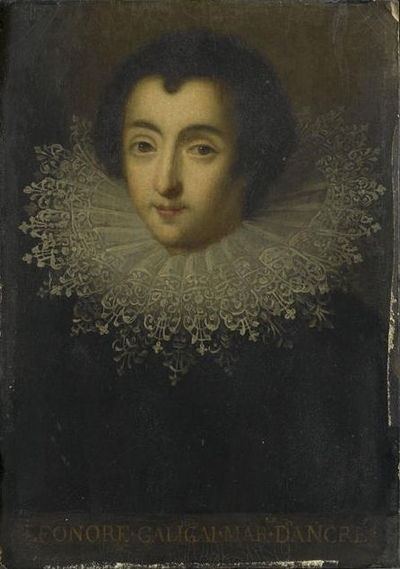Religion Roman Catholic | Role Politician Name Concino Concini | |
 | ||
Monarch Louis XIIIMarie de' Medici (Regent) Preceded by Maximilien de Bethune, duc de Sully Similar People Leonora Dori, Marie de' Medici, Louis XIII of France, Henry IV of France, Gaspard II de Coligny | ||
Concino Concini, marquis d'Ancre (Florence, 1575 – Paris, 24 April 1617), was an Italian politician, best known for being a minister of Louis XIII of France, as the favourite of his mother.

Life

A nobleman native of Florence, Concini went to France with Maria de Medici, wife of Henri IV, and married the queen's lady-in-waiting, Leonora Dori, known as "Galigaï". It is generally thought that the favour his wife enjoyed with the queen, combined with his wit and boldness, contributed to make Concini's fortune. In 1610, he purchased the marquisate of Ancre and the position of First Gentleman-in-waiting. Then he obtained successively the governments of Amiens and of Normandy, governor of Péronne, Roye and Montdidier and, in 1613, the baton of Marshal of France.

From then first minister of the realm, he abandoned the policy of Henri IV, compromised his wise legislation, allowed the treasury to be pillaged, and drew upon himself the hatred of all classes. The nobles were bitterly hostile to him, particularly Henry II de Bourbon, Prince of Condé, with whom he negotiated the Treaty of Loudun in 1616, and whom he had arrested in September 1616. This was done on the advice of Cardinal de Richelieu, whose introduction into politics was favoured by Concini.

By 1617, Louis XIII, incited by his favourite Charles de Luynes, was tired of Concini's tutelage. Nicolas de L'Hôpital, as head of the royal guards, received in the King's name the order to imprison him.
According to some authors, young Louis XIII agreed that Concini could be killed if he resisted. Apprehended on the bridge of the Louvre, Concini was killed by guards after allegedly calling out "À moi !" ("To me!") for help, which was interpreted as resistance. According to other authors, it was decided that Concini would be killed regardless. The action was the result of a secret plot organised by Louis XIII king of France and Charles de Luynes, which was then executed by the Baron of Vitry. Concini had to be eliminated because he was perceived by Louis XIII as a menace—a powerful politician, having a personal army of 7,000 soldiers and important supporters and contacts among the aristocrats of France.
After his murder, the Queen Mother was ordered to retire to Blois.
Concini's wife, Leonora Dori, was arrested, imprisoned in Blois and accused of sorcery. She was beheaded and her body subsequently burned at the stake on July 8 of the same year in Place de Grève, Paris. Concini's son, Henry, born in 1605, fled France, but was killed in 1631 in Florence.
The Concinis' chattels and estates, in particular the castle of Lésigny and the palace of Rue de Tournon, were confiscated by King Louis XIII and given to Charles de Luynes.
In 1617-1618, many rumours, fake news and pamphlets were distributed in Paris to justify Concini’s murder.
In 1767, D. Sandellius published at Brescia, De Concini vita, On the role of Concini, see the Histoire de France, published under the direction of Ernest Lavisse, vol. vi. (1905), by Mariejol.
